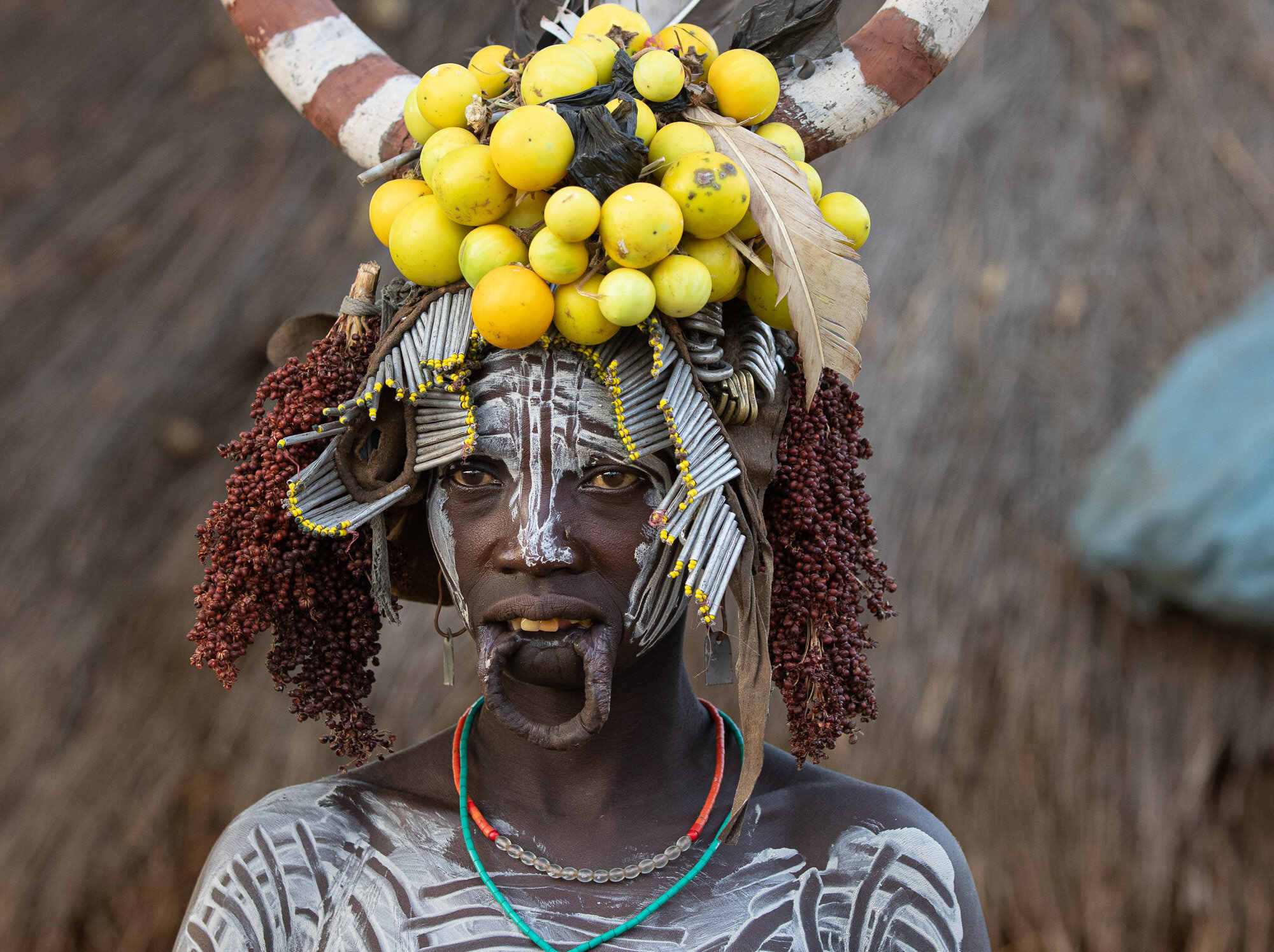
Extreme female body modification is a topic that sparks curiosity and sometimes even controversy. From ancient traditions to modern practices, women have been altering their bodies in various ways for centuries. But why do they do it? Cultural significance, personal expression, and societal pressures often play significant roles. Whether it's through tattoos, piercings, scarification, or more drastic measures like foot binding and neck elongation, these modifications can tell powerful stories about identity and heritage. Understanding these practices can offer a glimpse into different cultures and the lengths people go to for beauty, status, or self-expression. Ready to learn some jaw-dropping facts? Let's dive in!
Key Takeaways:
- Extreme female body modification goes beyond traditional beauty standards, with practices like scarification, corset training, and neck elongation. These modifications can hold cultural, aesthetic, or personal significance.
- Body modification can be a form of self-expression and empowerment for women, but it can also lead to social stigma and discrimination. It's a complex and intriguing subject with deep psychological and social effects.
What is Extreme Female Body Modification?
Extreme female body modification involves altering the body in ways that go beyond traditional beauty standards. These modifications can be cultural, aesthetic, or personal expressions. Here are some fascinating facts about this intriguing subject.
-
Scarification: This involves creating designs on the skin through cutting or branding. It’s often used as a form of cultural expression or personal identity.
-
Corset Training: Wearing a corset for extended periods to achieve an hourglass figure. Some women even have ribs removed to enhance the effect.
-
Neck Elongation: Practiced by the Kayan people of Myanmar, women wear brass coils around their necks to elongate them. The coils push down the collarbone and ribs, giving the appearance of a longer neck.
-
Foot Binding: An ancient Chinese practice where young girls’ feet were tightly bound to alter their shape. This was considered a mark of beauty and status.
-
Lip Plates: In some African tribes, women insert plates into their lower lips. The size of the plate can indicate social status or beauty.
-
Tattooing: While common, some women take tattooing to the extreme by covering large portions of their bodies, including their faces.
-
Piercings: Beyond the usual ear and nose piercings, some women have multiple piercings on their faces, tongues, and even more intimate areas.
-
Subdermal Implants: These are objects inserted under the skin to create raised designs. They can be made of silicone or metal.
-
Body Suspension: Involves hanging the body from hooks pierced through the skin. It’s often done for spiritual or ritualistic reasons.
-
Ear Stretching: Enlarging the earlobes by gradually increasing the size of the jewelry worn in them. This practice is common in various cultures around the world.
Cultural Significance of Body Modification
Body modification often holds deep cultural significance. It can signify rites of passage, social status, or beauty standards within a community.
-
Henna Tattoos: Used in many cultures for special occasions like weddings. The intricate designs are temporary but hold significant cultural value.
-
Teeth Sharpening: Practiced by some tribes in Indonesia and Africa, where teeth are filed to points. It’s often a rite of passage or a mark of beauty.
-
Facial Tattoos: Among the Maori of New Zealand, facial tattoos (moko) are a sign of social status and identity.
-
Breast Ironing: In parts of Cameroon, young girls’ breasts are flattened using heated objects to delay development. This is done to protect them from early marriage and pregnancy.
-
Nose Plugs: In some Amazonian tribes, women wear large plugs in their noses as a sign of beauty and maturity.
-
Cranial Binding: Practiced by ancient civilizations like the Mayans, where infants’ heads were bound to elongate the skull. This was a mark of nobility.
-
Genital Mutilation: A controversial and painful practice in some African and Middle Eastern cultures, often done to control female sexuality.
-
Hair Removal: In some cultures, removing body hair is a sign of cleanliness and beauty. This can involve painful methods like waxing or threading.
-
Body Painting: Used in various cultures for rituals and ceremonies. The designs can signify different things, from social status to spiritual beliefs.
-
Keloid Scarification: In some African cultures, raised scars are created intentionally as a form of body art and cultural identity.
Modern Trends in Body Modification
Modern body modification has evolved with technology and changing beauty standards. Some practices are more about personal expression than cultural significance.
-
Microdermal Implants: Small anchors placed under the skin with a piece of jewelry on top. They can be placed almost anywhere on the body.
-
Tongue Splitting: The tongue is cut down the middle to create a forked appearance. This is often done for aesthetic reasons.
-
Eye Tattooing: Involves injecting ink into the whites of the eyes to change their color. It’s a risky procedure with potential for serious complications.
-
Magnetic Implants: Small magnets inserted under the skin, often in the fingertips. They allow the person to sense electromagnetic fields.
-
LED Implants: Tiny LED lights implanted under the skin that can be turned on and off. They’re often used for artistic purposes.
-
3D Tattoos: Tattoos designed to look three-dimensional. They create the illusion of depth and texture on the skin.
-
Extreme Weight Loss or Gain: Some women undergo drastic weight changes to achieve a certain body shape. This can involve surgery, diet, or exercise.
-
Hair Implants: Used to create fuller eyebrows or eyelashes. This can involve transplanting hair from other parts of the body.
-
Vampire Teeth: Dental modifications to create pointed, fang-like teeth. This is often done for aesthetic reasons or to emulate fictional characters.
-
Permanent Makeup: Tattoos that mimic the appearance of makeup, such as eyeliner or lipstick. This is popular for its convenience.
Psychological and Social Aspects
Body modification can have profound psychological and social effects. It can boost self-esteem, create a sense of belonging, or even lead to social ostracism.
-
Self-Expression: Many women use body modification as a form of self-expression, showcasing their individuality and creativity.
-
Community: Being part of a body modification community can provide a sense of belonging and support.
-
Mental Health: For some, body modification can be a way to cope with mental health issues, providing a sense of control over their bodies.
-
Social Stigma: Extreme body modifications can lead to social stigma and discrimination, affecting personal and professional relationships.
-
Empowerment: Many women find body modification empowering, reclaiming their bodies and challenging societal beauty standards.
The Final Word on Extreme Female Body Modification
Extreme female body modification is a fascinating yet controversial topic. From corset training to scarification, these practices push the boundaries of what the human body can endure. While some see it as a form of self-expression, others view it as dangerous or extreme. Understanding the history and cultural significance behind these modifications can provide a deeper appreciation for why individuals choose to undergo such transformations.
It's crucial to approach this subject with an open mind and respect for personal choices. Whether you find these practices intriguing or unsettling, they undeniably highlight the lengths people will go to for beauty, identity, or cultural tradition. Always remember, what might seem extreme to one person can be a meaningful expression to another. Stay curious, stay respectful, and keep learning about the diverse ways people choose to express themselves.
Frequently Asked Questions
Was this page helpful?
Our commitment to delivering trustworthy and engaging content is at the heart of what we do. Each fact on our site is contributed by real users like you, bringing a wealth of diverse insights and information. To ensure the highest standards of accuracy and reliability, our dedicated editors meticulously review each submission. This process guarantees that the facts we share are not only fascinating but also credible. Trust in our commitment to quality and authenticity as you explore and learn with us.


